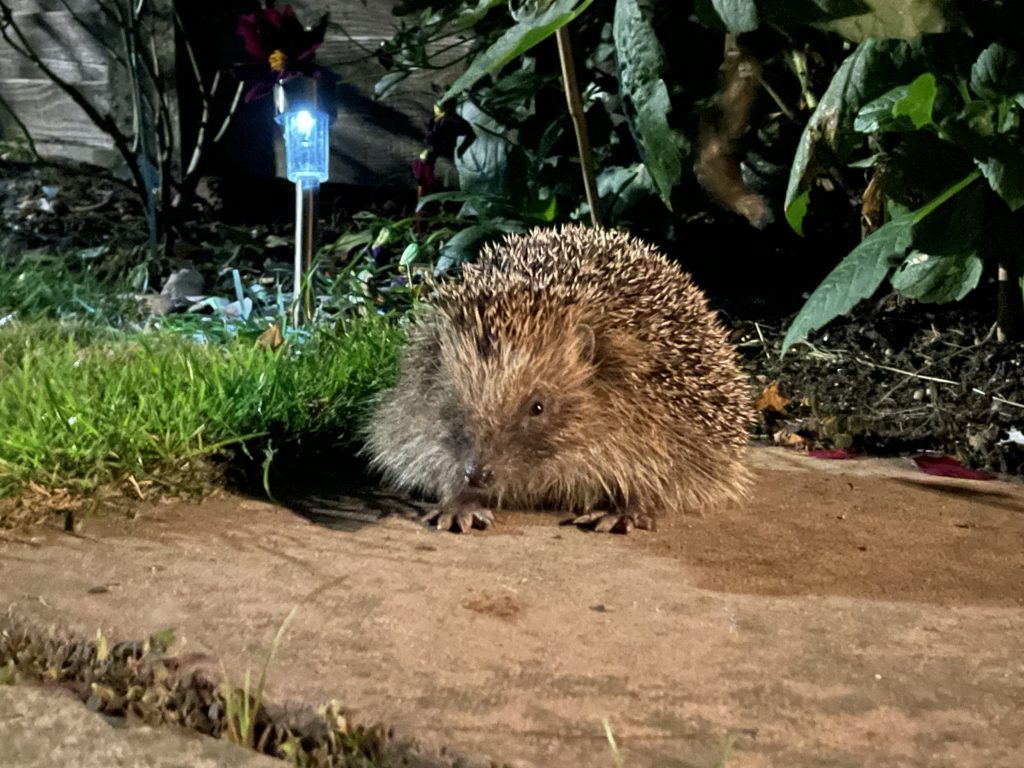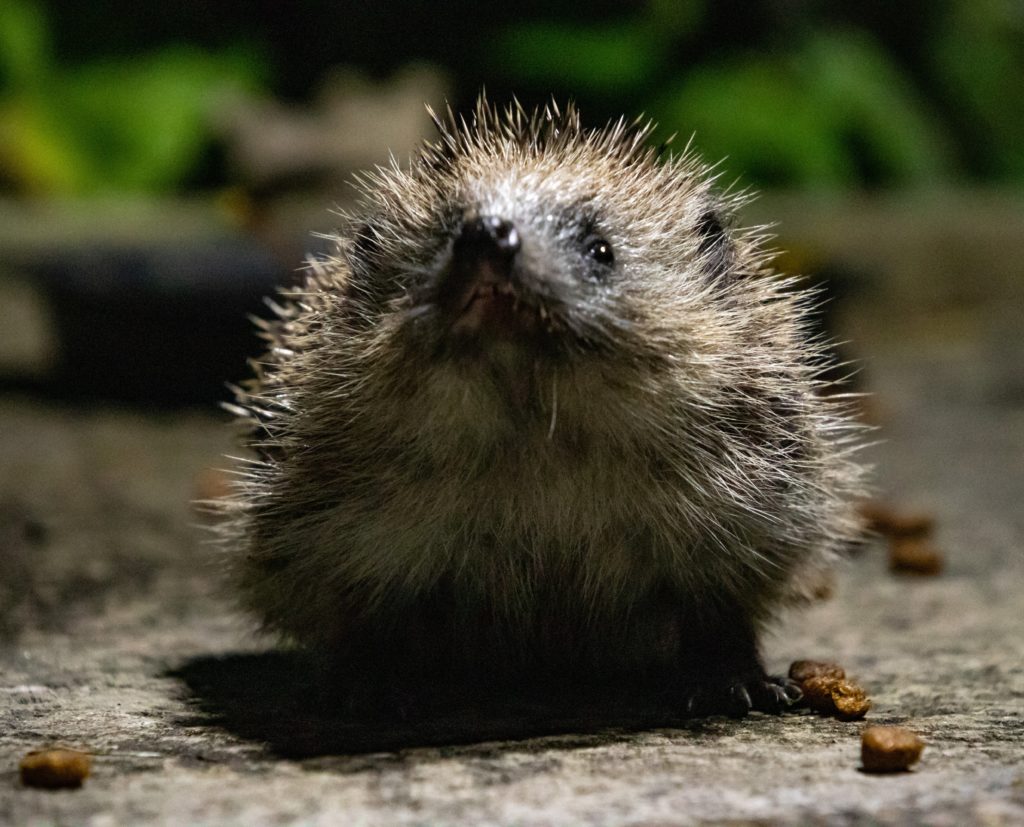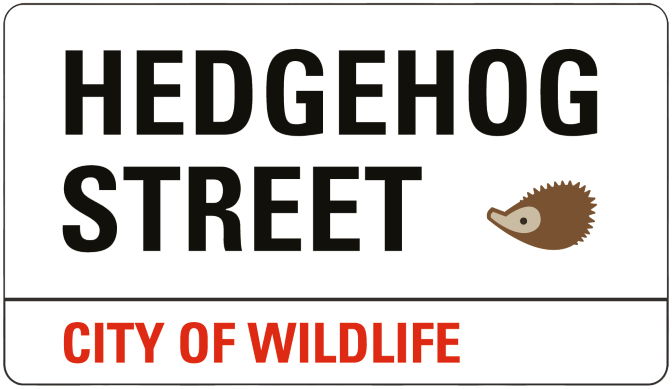Hedgehogs and artificial lighting
17th November 2022
By David Wembridge, PTES
The effect of streetlights
As winter approaches and the days shorten, the lights will come on a little earlier. It’s a feature of urban environments we often overlook, but for many species it’s the dark, and not the light, that’s home.
Artificial light at night (ALAN) means fewer dark habitats and, while it makes our own lives easier and safer, for some of our wild neighbours, it can be more troublesome.

Daily and seasonal patterns, the roll of night and day, long and short daylength through the year, enable animals to anticipate environmental events. They use natural light cues to synchronise their body clocks and to time activities such as growth, reproduction, and migration. When these cues are masked, however, by artificial light, they can affect species as diverse as plants, dogwhelks and even ourselves.
Are hedgehogs affected?
Although bats are usually the main focus of research into artificial lighting, hedgehogs too have been the subject of a few studies. Like bats, hedgehogs avoid artificial lighting, keeping to less well-lit areas, and this could affect other behaviours. Reassuringly, they don’t seem to be put off their food: in gardens where supplementary food is put out at feeding stations, artificial lighting has no overall effect on visits or feeding activity, although, individually, hedgehogs can show marked changes in behaviour in response to lighting.

The dark is an important feature of wild habitats. It’s home to nocturnal species, and almost all the living world takes its cue from daily and seasonal changes in daylight. Light is important to us, but preserving dark habitats where we can, reducing the spill of light into areas where it’s not needed, is an important step to improving our natural environment.

